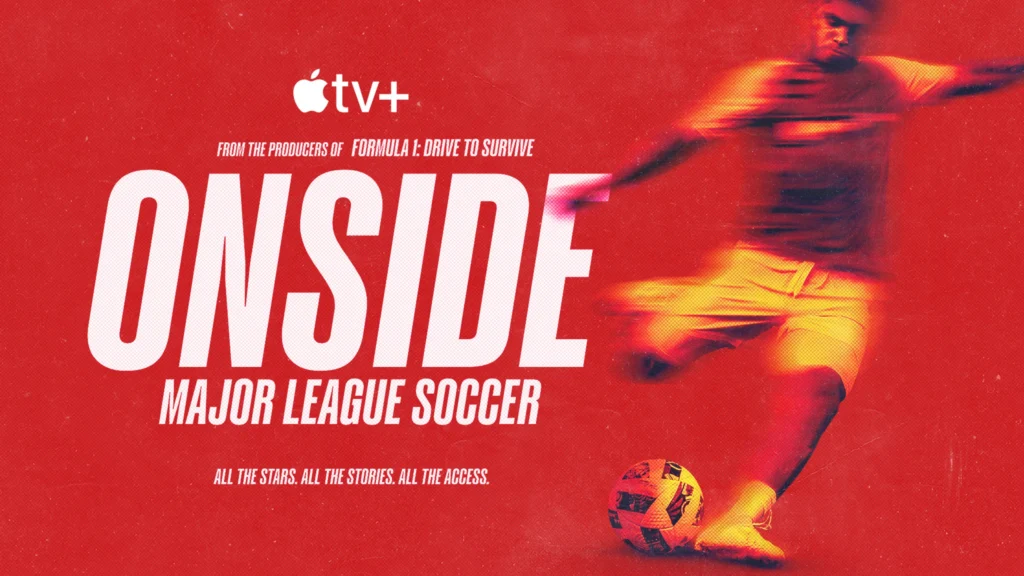Marketing is in the midst of a digital revolution that’s bringing countless new technologies that all impact marketing in their own unique way.
 For instance, the popularity of shopping on smartphones affecting the purchasing funnel from ad to cart, and the rise of digital assistants that have made voice search SEO a new part of digital strategies. Along similar lines, smartphones are also giving rise to voice search. The point is that digital marketing trends are constantly coming and going.
For instance, the popularity of shopping on smartphones affecting the purchasing funnel from ad to cart, and the rise of digital assistants that have made voice search SEO a new part of digital strategies. Along similar lines, smartphones are also giving rise to voice search. The point is that digital marketing trends are constantly coming and going.
To illustrate, the following are some of the top up-and-coming 2019 digital marketing trends, and how these trends will affect marketer’s strategies through the coming year.
1. Actual Intelligence with AI
Salesforce recently reported that artificial intelligence use among marketers will grow more than 50 percent in the next two years for the purpose of better ad targeting.
In 2019, we’ll also start to see AI used to optimize ad creative images. AI will eventually be used to not only understand contextual data, but also images. Further, AI for “intent advertising” will emerge, and platforms will be able to recognize what the shopper is trying to achieve and cater the creative messaging and imagery to the user’s experience.
You May Also Enjoy:
In this special report, we profile six brands and the CMOs who tapped into the digital and social sphere to create visual spectacles, change conversations, recharge aging brands and engage millions of new customers.
2. Influencer Marketing Goes Mainstream
This year, brands will allocate more budget than ever to influencer marketing because campaign results have been exceedingly effective for advertisers this past year. Influencer marketing is fast-becoming a more time- and cost-effective way to reach new potential customers.
Additionally, influencer marketing has reached a new niche with gamers: E-sports got a major uplift in 2018 and the live-streaming video platform Twitch became a greater focus of attention in the influencer marketing sphere. Marketers will finally tap into the full potential of Twitch’s reach in 2019.
3. Video Ads Will Grow
As consumers spend more time on their smartphones watching videos, advertisers are expected to spend $20 billion on mobile video in 2019 (up from $2 billion in 2015), and video is expected to account for 85 percent of total Internet traffic by 2019 (both live video and video ads).
This past year, 65 percent of ad impressions on Instagram were the result of video content, and this is expected to grow even further. With this type of growth and consumption of video ads by consumers, video ads should be part of every marketer’s strategy in 2019. Marketers can accelerate their video ad content by running video ads on YouTube and Instagram, as well as by creating video content in-house or working with third-party creative agencies.
4. Voice Activated Search Matures
By 2020, it’s expected that 50 percent of all searches will be voice searches, and by 2022, voice commerce sales will reach $40 billion. Next year, consumers will be able to do more in search with their voice, and mobile marketers should be prepared for voice activated search advertising. User interface platforms will become the new battleground for marketers (Alexa v Google Home, Siri, Bigsby).
As search engines grow more and more sensitive to user intent, it becomes increasingly vital that advertisers tag every image, video and piece of content appropriately with meta descriptions and alt-text. Search engines use these bits of information to promptly categorize and serve up content to users. Without them, marketers will lose traffic—more so in 2019.
5. Messenger Ads and In-App Ads are on the Rise
According to Statista, 2.01 billion mobile phone users accessed over-the-top messaging apps to communicate in 2018, a number that is projected to grow to 2.48 billion users by 2021.
The top APAC chat apps are already ahead of western developers in using messenger ads to reach audiences. In South Korea, a country of 50 million, KakaoTalk counts 32 million local users who spend an average of 850 minutes on KakaoTalk per month. In August 2018, Whatsapp Messenger was the most downloaded app for Android users globally and is being used by 450 million people daily on both iOS and Android. Whatsapp is followed by Facebook Messenger; which now engages 1.3 billion people globally and is the leading app in the U.S. with 126.3 million users.
Additionally, a new report by AppAnnie predicts that in 2019 the number of apps using in-app advertising will grow by 60 percent as advertisers increase conversion rates with these captive users.
This year will be the year for advertisers to start experimenting in using messenger apps to target and engage with this massive audience as well as increase in-app advertising spending.
6. Finding New Ways to Fight Ad Fraud and Ensure Brand Safety
RetailDive reports that fraud rates have almost doubled since 2017, and Juniper Research estimates that ad fraud will cost advertisers $19 billion in 2018. Next year will further challenge brands and platforms to stay on top of emerging fraud trends from click flooding and click injection to SDK spoofing.
Technologies that were exploratory in 2018 will take centerstage in 2019, including blockchain, which is helping to create a new model that uses a cryptography-encrypted pipeline to ensure that target audiences actually get the ads that are delivered. Blockchain is expected to address transparency, reduce fraudulent attacks and address flaws in the OpenRTB system.
Development of more advanced AI- and machine learning-based ad fraud detection systems is expected in 2019 as well.
Brand safety is becoming a key concern, and there is a rising need for advertisers to get better information regarding the quality of the inventory. At the same time, there is an increase in recognizing this safety issue as the publisher’s responsibility. More focus on technology solutions to identify fraudulent patterns will be key in 2019.
7. Macro Trends: APAC App Ecosystem Expands into Europe and U.S.
In the global mobile ecosystem, Chinese and other APAC-based apps from chat to mCommerce began to soar through the ranks of the U.S. and EU app stores in 2018. Discounts, seamless payments and customer service were driving factors in APAC apps gaining traction in global markets.
Traction will continue to grow, and with it, new concepts being introduced by APAC to western markets like social commerce are expected to rise with social media and campaigns in 2019.
8. Parallel Bidding is the Next Big Thing for In-App Advertising
The days of monetizing apps through advertising in a waterfall system is over. This year, apps will instead sell their ad inventory through header bidding, or parallel bidding. Unlike the waterfall where requests are sent consecutively to ad demand sources, one by one, parallel bidding sends the ad requests to the ad demand sources simultaneously, and an OpenRTB auction then takes place on the ad mediator’s server side. This enables ad networks to not only choose to fill or not fill a certain price floor, but also to report the estimated value of the impression.
This new model creates a fair and competitive environment where ad networks can be more aggressive in winning an impression, but without overbidding, hence it will be the method of choice for in-app advertisers in 2019.
Sven Lubek is managing director at WeQ. He can be reached at [email protected].



 Network
Network

